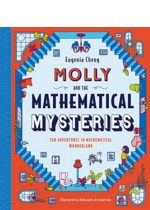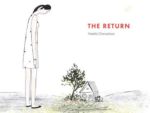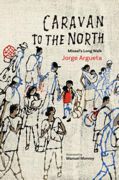Stump always has a fantastic time with his grandparents, filled with flowers, puzzles, crosswords, and endless love. But one day, Stump’s grandfather starts to lose his memory―and his words, which literally fall from him. Stump tries his best to keep the lost words safe, collecting them in a special box. But Grandpa seems to forget more and more everyday, and the situation comes to a head one snowy night when Stump wakes up to find Grandpa missing. Together, Stump and Grandma must find new ways to connect with Grandpa, and show him that he’s not alone. This poignant, tender picture book depicts the struggle of coping with a loved one’s dementia with honesty and sensitivity, with a message of hope that affirms the deep bonds of love between grandchild and grandparent. This book includes an afterword to the adult reader about dementia and recollection, written by Ove Dahl, a historian and head of the Danish Center for Reminiscence. He provides some practical tips, as illustrated in the story with Stump, for establishing a meaningful way of being together when caring for a relative with dementia.




